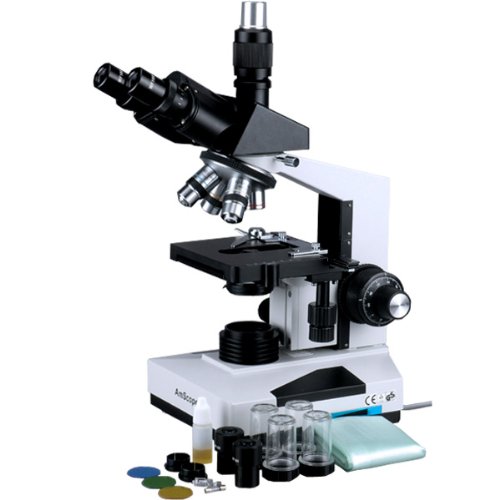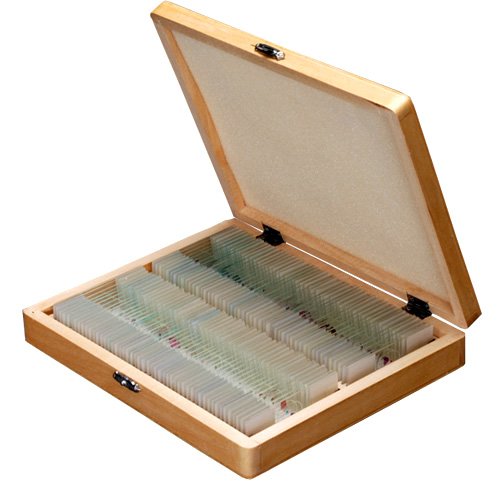When undergoing an appraisal for possible celiac disease or gluten sensitive enteropathy doctors commonly recommend an upper endoscopy and small intestine biopsy. What that may mean or why it is recommended may not be clear to habitancy who are facing the decision to endure the procedure themselves or to field their child to the exam.
Endoscopy in celiac: What is it and how is it done?
Microscope
The healing name for upper endoscopy is esophagogastroduodenoscopy or Egd for short. The endoscope is a thin flexible tube about the diameter of a fat pencil that has a video chip in the end and channels for flushing of water, suctioning of secretions and tube of instruments. It has dials that allow the tube to be turned up/down and right and left at the tip permitting it to be passed straight through the mouth, down the esophagus or feeding tube, into the stomach and then into the first part of the small intestine the duodenum, hence the name Egd.
Endoscopy in celiac: Do you feel it or remember it?
People undergoing the exam in the U.S. Typically are sedated with a medication. Medications similar to valium with good amnesia and relaxing supervene called midazolam or versed combined with a narcotic like meperidine (demerol) or fentanyl are generally used. More recently a very short acting intravenous sedative, propofol (diprovan), may be administered for deep sedation or an intravenous form of general anesthesia. Occasionally, commonly in very young children or habitancy with severe lung problems, general anesthesia is required. The exam is commonly not felt or remembered because of the medications.
Endoscopy in celiac: What is examined in celiac and how well can the lining be seen?
Celiac disease affects the upper measure of the small intestine, in the two sections known as the duodenum and jejunum. The exam of the small intestine is commonly exiguous to the first section termed the duodenum though occasionally the second section known as the jejunum may be reached especially when a longer endoscope is used. The resolution of video images are very high with the latest endoscopes and also may have a magnification and color contrast mode to detect very subtle signs of damage of the small intestine.
Endoscopy in celiac: What are the typical findings?
The characteristic appearance of the face of the small intestine in celiac disease consist of superficial ulcerations that are generally linear, flattening of the folds, notching or scalloping of the folds and a mosaic like pattern. However, the face may appear general and only under exiguous exam of samples will the lining show signs of gluten caused injury.
Endoscopy in celiac: What are biopsies?
Samples of small intestine are obtained with biopsy forceps that consist of tiny jaws with cups that permit pinching off samples of the intestinal lining. This is painless and very safe. The samples are sent to a determination lab in a preservative solution, processed, mounted on a microscope slide, and stained for exam under the microscope by a pathologist. Small intestine injury from gluten may be patchy, therefore, some samples are recommended. A minimum of 4 pieces and preferably 8-12 samples should be obtained to avoid missing exiguous signs of celiac disease.
Endoscopy in celiac: What does the pathologist look for on the slides?
The pathologist examines the slide for evidence of damage or injury characteristic of gluten sensitivity. Occasionally extra stains are required to see signs of irritation known as inflammation characterized by an increased estimate of a type of immune active white blood cells called lymphocytes. In early celiac and gluten sensitivity without celiac disease the biopsy may be general and the determination cannot be established by the biopsy.
Endoscopy in celiac: Summary.
The procedure of endoscopy is safe, painless, and very helpful for establishing the determination of celiac disease while excluding other upper intestinal disorders. The main drawback of endoscopy is that nearly everyone must have sedation to tolerate the exam and it can be high-priced if not fully covered by insurance. Sometimes, celiac disease is diagnosed by endoscopic biopsy in habitancy who whether have general blood tests or as an incidental seeing in those undergoing endoscopy for other reasons. Fear or blurring about endoscopy should not preclude anyone who is suspected of having celiac or gluten sensitivity from undergoing endoscopy. Additional information about celiac disease and other digestive diseases are available at http://www.thefooddoc.com, the premier website under amelioration by "the food doc", Dr. Scot Lewey, a practicing stomach and intestinal expert (gastroenterologist).
Copyright 2006, The Food Doc, Llc All ownership Reserved. Http://www.thefooddoc.com
What is Upper Endoscopy and Why Is Small Intestine Biopsy Recommended for Celiac Disease?
Tags : Measurement Guide Sonic Screwdriver Tool led smart tv sale


















